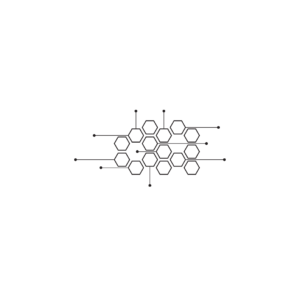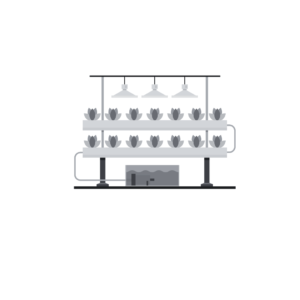Description
An Advanced Diploma in VFX Design (Visual Effects Design) is tailored for individuals seeking to enter the dynamic field of visual effects in film, television, and media. This program provides a comprehensive understanding of VFX techniques, software, and storytelling principles, equipping students with the skills needed to create visually stunning effects and animations.
Course Details:
Duration: Typically 1 to 2 years, depending on the educational institution and the delivery format (full-time or part-time).
Eligibility: Usually requires a high school diploma or equivalent; prior experience in art, design, or technology may be beneficial.
Mode of Study: A blend of classroom lectures, hands-on workshops, and project-based learning.
Curriculum:
The curriculum for an Advanced Diploma in VFX Design generally includes the following key components:
1. Introduction to VFX
History and Fundamentals of VFX: Overview of visual effects development, industry standards, and the role of VFX in storytelling.
Concept Art and Storyboarding: Skills in creating concept art and storyboards to visualize scenes and effects.
2. Digital Imaging
Photography and Imaging Techniques: Understanding digital photography, image composition, and manipulation.
Color Theory and Grading: Principles of color theory, color correction, and grading in post-production.
3. 3D Modeling and Animation
3D Modeling Techniques: Learning software such as Autodesk Maya or Blender to create 3D models of characters and environments.
Character Rigging and Animation: Articulating and animating characters for use in VFX scenes.
4. Visual Effects Software
Compositing Software: Training in industry-standard software like Adobe After Effects, Nuke, and Fusion for compositing tasks.
Simulation and Dynamics: Creating realistic simulations of physical phenomena (smoke, fire, water) using tools like Houdini.
5. Motion Graphics
Designing Motion Graphics: Skills in creating engaging motion graphics for films, advertisements, and promotional content.
Typography and Layout: Understanding the principles of typography in motion graphics.
6. Post-Production Techniques
Editing and Sequencing: Basic learning of video editing software (such as Adobe Premiere Pro) for assembling VFX shots into a final product.
Sound Design: Fundamentals of incorporating sound effects and music into visual storytelling.
7. Project Management and Workflow
Pipeline Management: Understanding the workflow and processes involved in VFX production.
Time Management: Skills in managing deadlines and collaboration in team projects.
8. Portfolio Development
Creating a Professional Portfolio: Compiling and presenting a portfolio of VFX work to showcase skills and creativity to potential employers.
Showreels: Developing a showreel that highlights key projects and skills effectively.
9. Industry Trends and Practices
Emerging Technologies: Exploring advancements in VFX, such as virtual reality (VR) and augmented reality (AR).
Networking and Industry Insight: Building professional networks and understanding industry practices through guest lectures and events.
10. Capstone Project
Final Project: A comprehensive project that synthesizes skills learned throughout the program, allowing students to create a complete VFX sequence or short film.
Assessment:
Assessment methods in this program may include:
Practical Projects: Evaluating students? abilities to create and implement VFX in given scenarios.
Written Assignments: Testing theoretical knowledge of VFX principles, techniques, and software.
Portfolio Review: Assessment of the professional portfolio and showreel compiled by the student.
Career Opportunities:
Graduates of an Advanced Diploma in VFX Design can pursue various roles in the creative industry, including:
VFX Artist: Creating visual effects for films, TV shows, and commercials.
3D Modeler: Specializing in creating 3D assets for various media.
Compositor: Integrating different visual elements to create a cohesive final image.
Motion Graphics Designer: Developing animated graphics for advertisements, films, and digital media.
VFX Supervisor: Overseeing VFX projects, coordinating between teams, and ensuring the delivery of high-quality work.
This advanced diploma program prepares students to enter the vibrant world of visual effects, fostering creativity and technical prowess essential for a successful career in the industry. If you have any further questions or would like more specific information about the program, feel free to ask!









